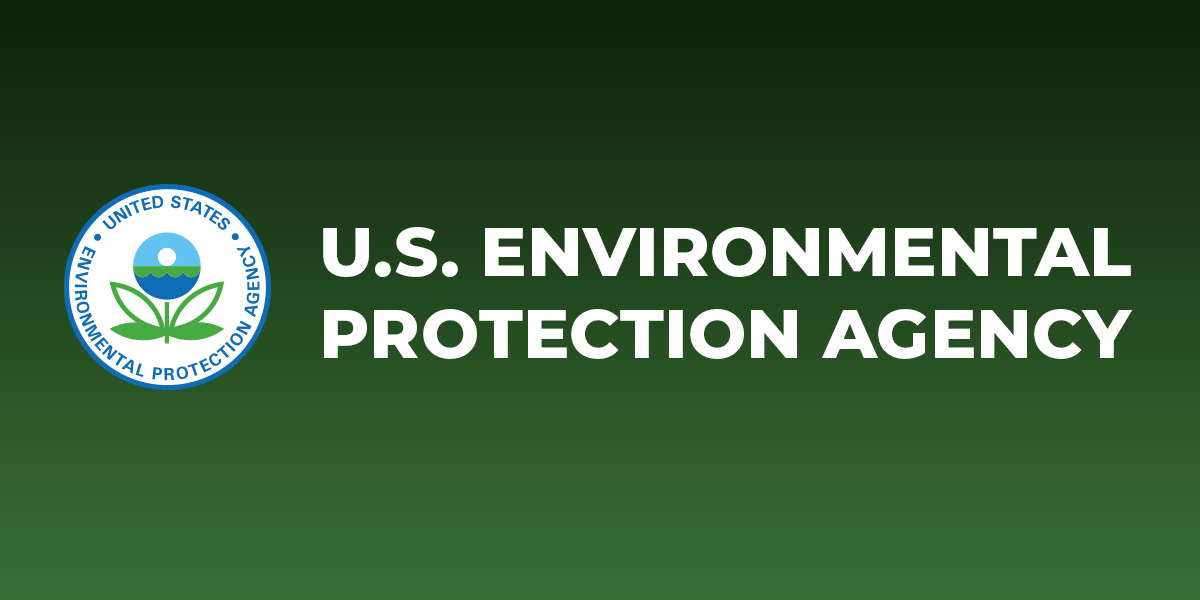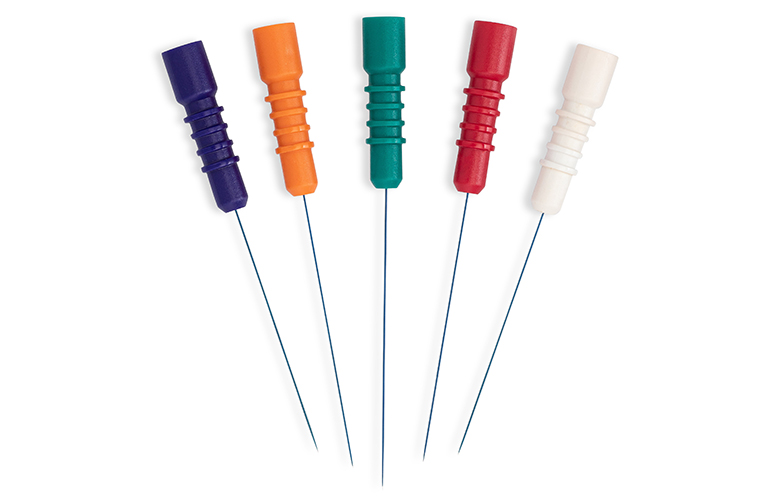One of my favorite topics is unintended consequences of well-intended actions. First, a bit of background
PFAS is an acronym for long scientific name for chemicals commonly referred to as "forever chemicals"....chemicals that either don't break down at all or break down only over centuries.
As with many things, PFAS weren't included in products in order to pollute the soil. They were included because they performed a valuable function. When they were removed for understandable environmental reasons, that function needed to be performed by some other -- presumably more environmentally friendly -- substance.
Which brings us around to PFAS vs. Malaria and this article from Bloomberg.
Rise in Malaria Cases Tied Mosquito Net Changes - Bloomberg
According to the article malaria bed nets perform two functions. First, they create a physical barrier between mosquitoes and the sleeping person. Second, because they're impregnated with insecticide, they reduce the mosquito population by killing insects that light on them.
Trouble is, while they're still an effective physical barrier, they're not nearly as effective as they used to be at killing mosquitoes. This has been one component in the rise in cases of malaria.
After some investigation, researchers found that old nets were still effective. It was the new ones that weren't up to snuff. Turns out, there was a change in the manufacturing process. The old coating contained PFAS, and was therefore replaced with a new less offensive substitute. But the new coating doesn't work nearly as well.
So we're faced with a dilmemma -- PFAS or increased incidence of malaria. Not a good choice either way. But the article touches on the fact that other coatings without PFAS would be effective.....they're just more expensive. So the debate shouldn't have been PFAS vs. no PFAS. It should have been multi-faceted:
1. PFAS vs. no PFAS.
2. If no PFAS, what is the substitute?
3. Is the substitute as effective as the substance being replaced?
4. How much does an effective replacement cost?
5. If the effective replacement costs more, are we willing to tolerate the increase in order to get effective mosquito reduction?
6. The majority of areas affected by malaria are tropical / jungle areas which also are affected by low incomes. So if "we" are willing to tolerate the increased cost of an effective mosquito bed net, who exactly will pay for that?
So because the debate stopped at #1, we now have a much less effective bed net, which has led to more malaria.
As with many things totally unrelated to this topic, simply abolishing the immediate problem is often not the full answer. That type of incomplete and lazy thinking can cause downstream problems that nobody thought about.
PFAS is an acronym for long scientific name for chemicals commonly referred to as "forever chemicals"....chemicals that either don't break down at all or break down only over centuries.
As with many things, PFAS weren't included in products in order to pollute the soil. They were included because they performed a valuable function. When they were removed for understandable environmental reasons, that function needed to be performed by some other -- presumably more environmentally friendly -- substance.
Which brings us around to PFAS vs. Malaria and this article from Bloomberg.
Rise in Malaria Cases Tied Mosquito Net Changes - Bloomberg
According to the article malaria bed nets perform two functions. First, they create a physical barrier between mosquitoes and the sleeping person. Second, because they're impregnated with insecticide, they reduce the mosquito population by killing insects that light on them.
Trouble is, while they're still an effective physical barrier, they're not nearly as effective as they used to be at killing mosquitoes. This has been one component in the rise in cases of malaria.
After some investigation, researchers found that old nets were still effective. It was the new ones that weren't up to snuff. Turns out, there was a change in the manufacturing process. The old coating contained PFAS, and was therefore replaced with a new less offensive substitute. But the new coating doesn't work nearly as well.
So we're faced with a dilmemma -- PFAS or increased incidence of malaria. Not a good choice either way. But the article touches on the fact that other coatings without PFAS would be effective.....they're just more expensive. So the debate shouldn't have been PFAS vs. no PFAS. It should have been multi-faceted:
1. PFAS vs. no PFAS.
2. If no PFAS, what is the substitute?
3. Is the substitute as effective as the substance being replaced?
4. How much does an effective replacement cost?
5. If the effective replacement costs more, are we willing to tolerate the increase in order to get effective mosquito reduction?
6. The majority of areas affected by malaria are tropical / jungle areas which also are affected by low incomes. So if "we" are willing to tolerate the increased cost of an effective mosquito bed net, who exactly will pay for that?
So because the debate stopped at #1, we now have a much less effective bed net, which has led to more malaria.
As with many things totally unrelated to this topic, simply abolishing the immediate problem is often not the full answer. That type of incomplete and lazy thinking can cause downstream problems that nobody thought about.



/202309_who_ghana-day03_223_fullres.tmb-1200v.jpg?sfvrsn=f47f9c26_6)







